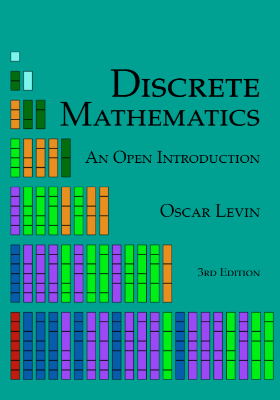Active Calculus is different from most existing calculus texts in at least the following ways: the text is free for download by students and instructors; in the electronic format, graphics are in full color and there are live html links to java applets; the text is open source, and interested instructors can gain access to the original source files upon request; the style of the text requires students to be active learners — there are very few worked examples in the text, with there instead being 3-4 activities per section that engage students in connecting ideas, solving problems, and developing understanding of key calculus concepts; each section begins with motivating questions, a brief introduction, and a preview activity, all of which are designed to be read and completed prior to class; the exercises are few in number and challenging in nature.
Calculus can be viewed broadly as the study of change. A natural and important question to ask about any changing quantity is “how fast is the quantity changing?” It turns out that in order to make the answer to this question precise, substantial mathematics is required.
We begin with a familiar problem: a ball being tossed straight up in the air from an initial height. From this elementary scenario, we will ask questions about how the ball is moving. These questions will lead us to begin investigating ideas that will be central throughout our study of differential calculus and that have wide-ranging consequences. In a great deal of our thinking about calculus, we will be well-served by remembering this first example and asking ourselves how the various (sometimes abstract) ideas we are considering are related to the simple act of tossing a ball straight up in the air.
Instantaneous Velocity
Whether driving a car, riding a bike, or throwing a ball, we have an intuitive sense that any moving object has a velocity at any given moment – a number that measures how fast the 4 object is moving right now. For instance, a car’s speedometer tells the driver what appears to be the car’s velocity at any given instant. In fact, the posted velocity on a speedometer is really an average velocity that is computed over a very small time interval (by computing how many revolutions the tires have undergone to compute distance traveled), since velocity fundamentally comes from considering a change in position divided by a change in time. But if we let the time interval over which average velocity is computed become shorter and shorter, then we can progress from average velocity to instantaneous velocity.











